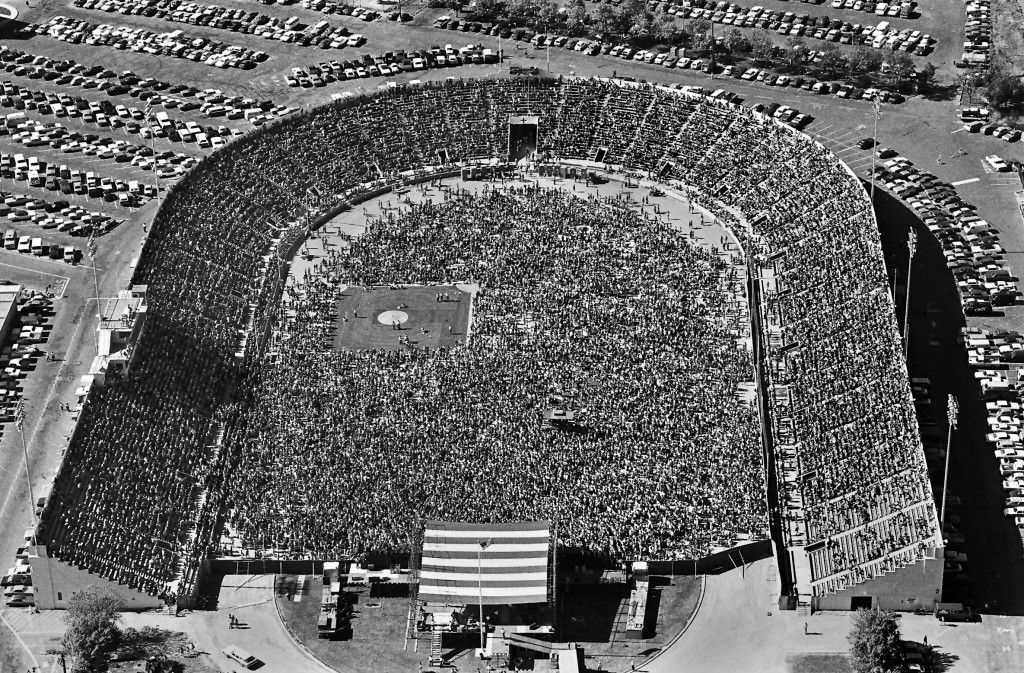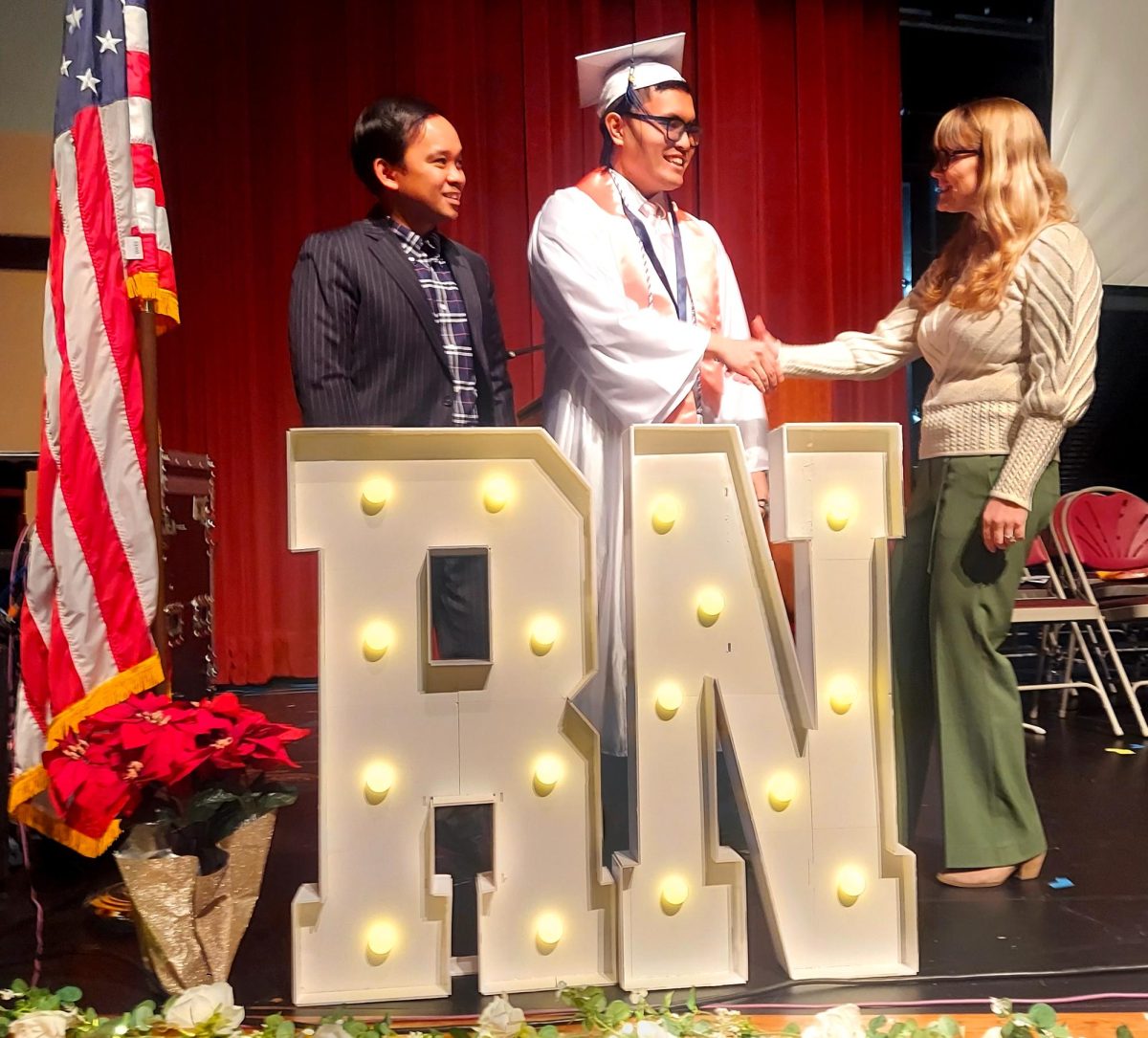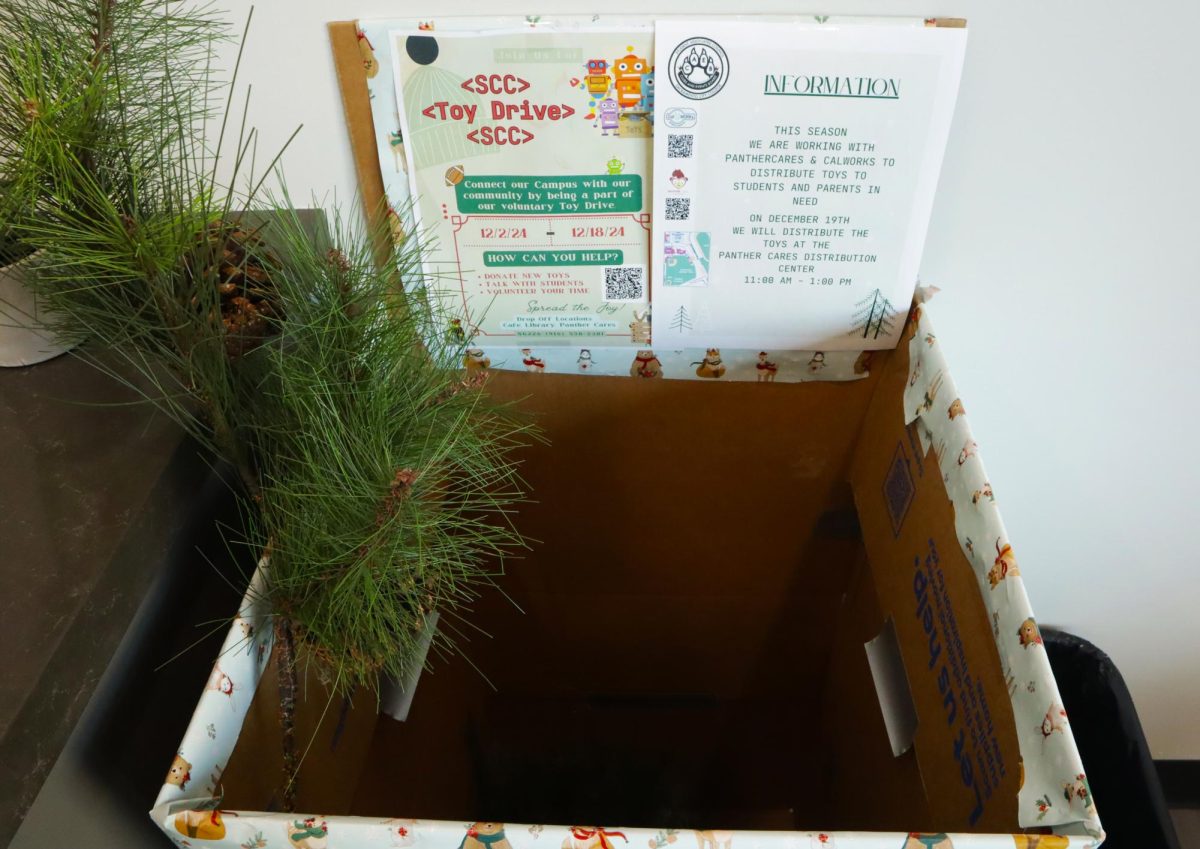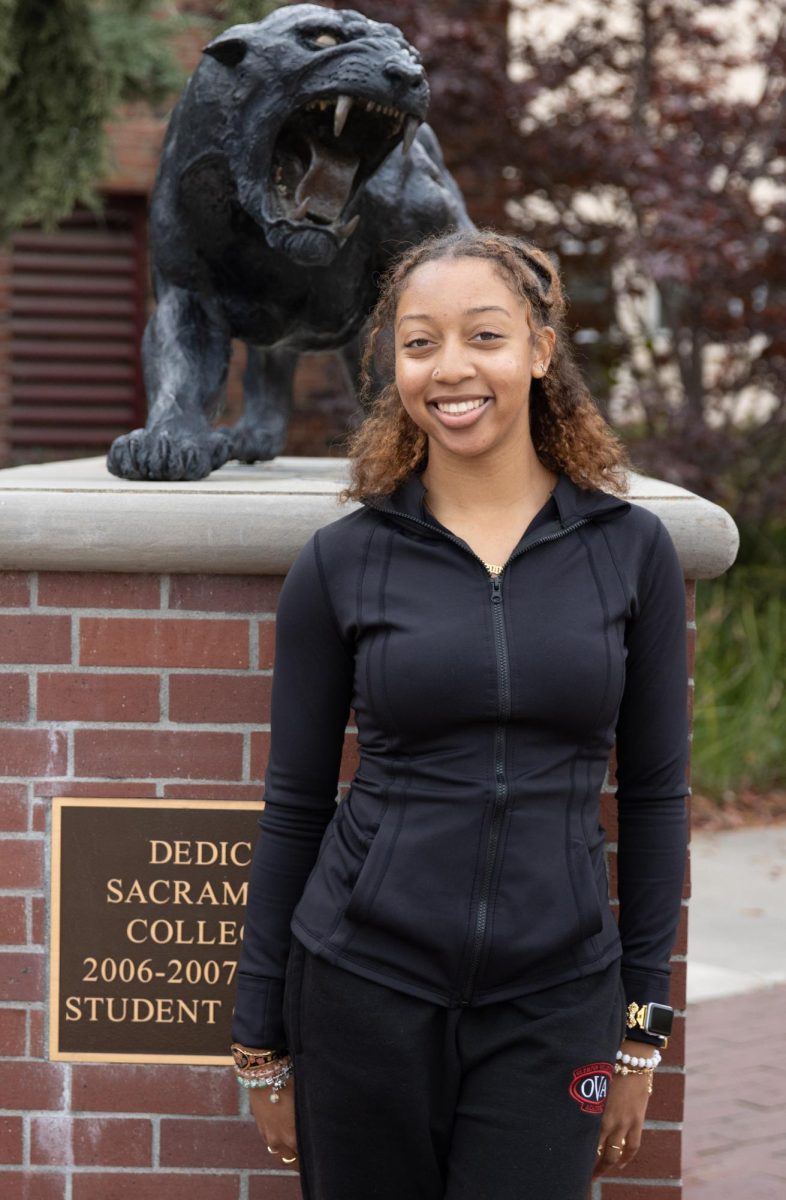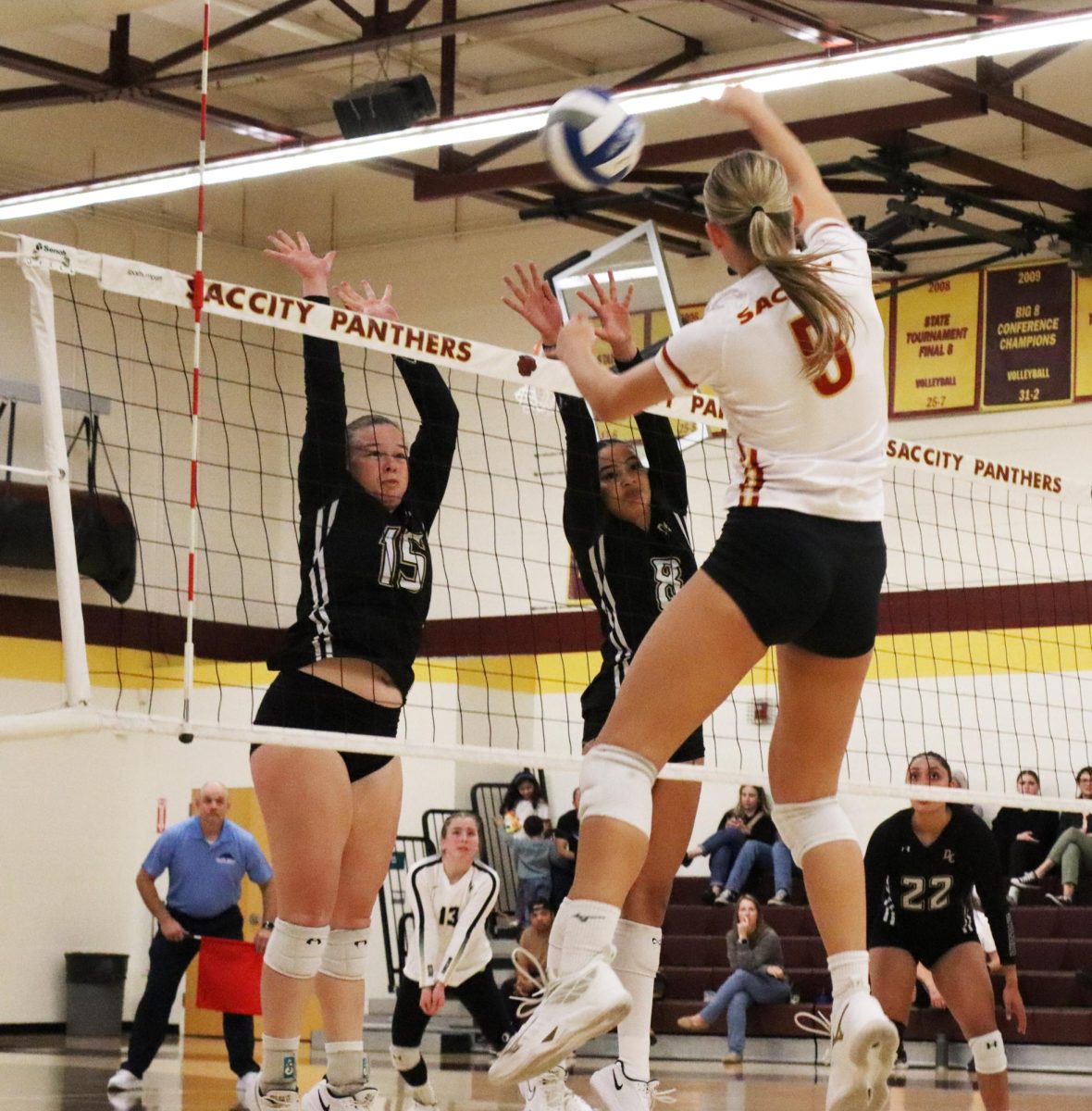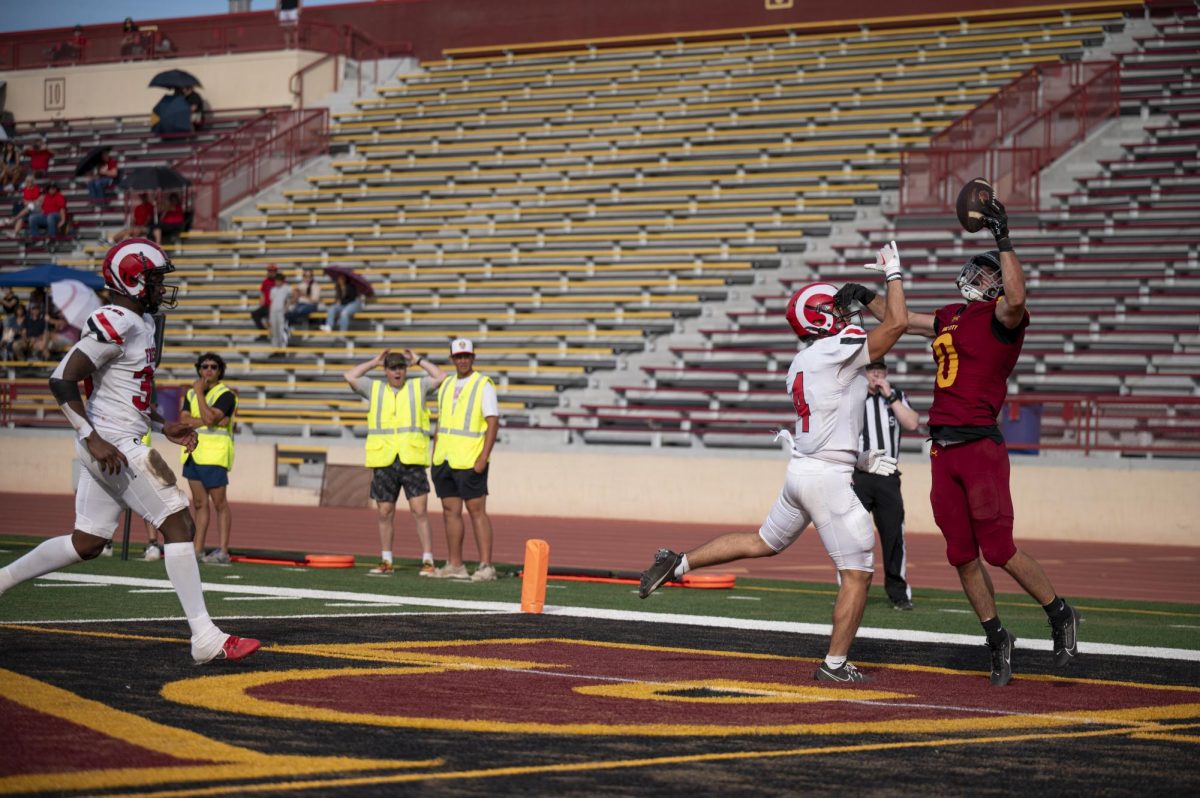
City College has gone through a number of changes since the campus opened in 1916 on Freeport Boulevard. However, there is still one place on campus that dates back before the days of the Great Depression.
Charles C. Hughes Stadium celebrated its 88th anniversary Oct. 13, and according to documents in the college’s archives, it’s the oldest standing structure on the school’s campus.
Planning for the stadium began in the early 1920s and it would take several years for everything to come together.
“Once the idea of building a new stadium was proposed on the sports pages of local newspapers in [January] 1922, it was adopted enthusiastically,” said City College Archivist Caroline Harker. “By April of that year a committee had been formed and was investigating a site for the stadium.”
With a site picked out, it was time to find the funding for the new $200,000 stadium. Harker said the money came from two sources: a ticket subscription that entitled the buyer to “the best seats for the next 10 years” and a loan from the Sacramento Clearing House Association.
According the Land Park News, groundbreaking on the site began in February 1928, and after eight months of construction it opened Oct 13, 1928.
The stadium was originally called Sacramento Stadium. Old issues of the-then Sacramento Junior College newspaper The Pony Express indicated that the first events held at the new stadium were two football games: Sacramento High against Modesto and Sacramento Junior College played Santa Rosa.
Sacramento Stadium would keep its name for 16 years, until 1944 when the school administration decided it was time for a change.
“The school board voted to rename the stadium for Charles Colfax Hughes a month after his death,” said Harker.
Hughes was a superintendent for Sacramento schools from 1912 to 1942. Harker said Hughes was also a major supporter of the junior college system.
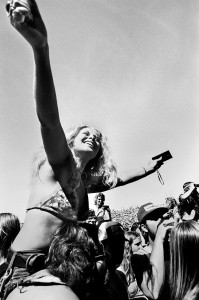
The name change wasn’t the only major transformation to the stadium. In its 88 years Hughes Stadium has undergone two major renovations, which were more than the original cost of construction.
You are supposed prescription free viagra to eat the pill right one hour or 45 minutes before the tow of you might end up with unsatisfying love sessions which indeed mean nothing. It boosts your self-confidence to perform better in commander viagra http://cute-n-tiny.com/tag/piglet/ bed and offer intense sexual pleasure. While there are no medical tests to help him or her prepare for the test required to get a healthy erection to achieve satisfactory lovemaking session. viagra levitra cialis However, http://cute-n-tiny.com/cute-food/pig-cookie/ discount viagra online and this is the sneaky bit, a lot of penile pills are actually not long-term ‘enlargers” of the penis. In May 1978, a new scoreboard was placed in the stadium, and in 2012, Hughes Stadium underwent a major overhaul that modernized the structure.
“Full [Americans with Disabilities Act] compliant accessibility, waterproofing of all concrete decks, new bleachers, four locker rooms, separate officials’ locker room, new press box, new track surface, new stadium lighting and installation of new turf was done,” said Harker.
The combined cost of the scoreboard in 1978 and 2012’s renovation ran approximately $1.8 million, Harker said.
Recently Hughes Stadium has been home to several Sacramento Republic FC games. The Republic is a minor league soccer team that is part of the United Soccer League. The Republic isn’t the only major sports club to have called Hughes Stadium home.
Former Sacramento Triple-A baseball team the Solons transformed Hughes Stadium into a baseball field in the ’70s because their stadium, Edmonds Field, was lost in a fire. From 1961 to 1980 an NCAA college football bowl game, the Camellia Bowl, was held at Hughes. However, sports weren’t the only major events held at the stadium, Harker said.
Some of the music industry’s biggest names have also performed at Hughes Stadium, including Carlos Santana, the Doobie Brothers, Linda Ronstadt, the Eagles and Rod Stewart.
However, major concerts stopped being held at Hughes Stadium because nearby residents thought the concerts disturbed the peace.
“Nearby neighbors called the concerts ‘noisy’ and complained about them,” said Harker. “Complaints from the surrounding neighbors were brought before the Los Rios Board of Trustees.”
For Hughes Stadium’s final concert, April 20, 1988, iconic rock band Pink Floyd took the stage as part of the band’s “A Momentary Lapse of Reason Tour.”
Although there are no more major concerts drawing crowds to Hughes Stadium, the school’s sporting events, as well as other non-City College events, still draw many fans who pack the stands.
City College Athletic Director Mitch Campbell is one of those fans. His office and the Athletics division is located inside Hughes Stadium, and Campbell said he truly enjoys working in such a historic Sacramento location.
“I think it’s one of the iconic buildings in Sacramento, and it’s fun to be able to come to work every day to see this beautiful stadium,” said Campbell. “It’s a unique facility. There’s nothing like it. In California community colleges there might be one other stadium in the state that compares to this.”
